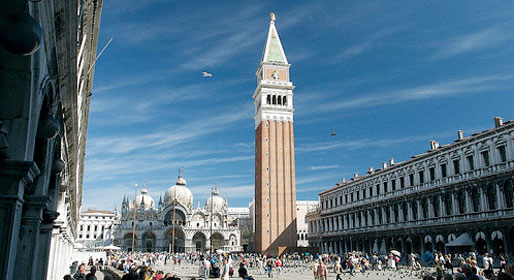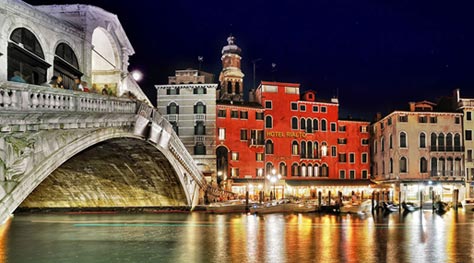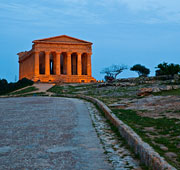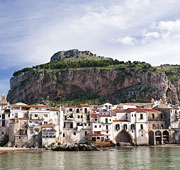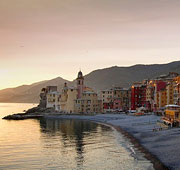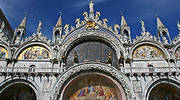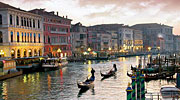The wonder of St Mark's
Venice's most elegant drawing room, which perfectly encapsulates the history, the art, and the traditions of the city
For more than fifteen centuries, Piazza S.Marco has been home to some of the world's most stunning works of architecture.
It is here, in the smallest district of Venice, that the political and religious life of the city reaches its maximum expression. All of the most important events are celebrated here, including the spectacular carnival of Venice.
Procuratorie: Old and New
The Piazza San Marco is closed off on three sides by the Procuratorie, divided in the Procuratorie Vecchie on the left hand side and the Procuratorie Nuove on the right; buildings united by the Ala Nuovissima or Ala Napoleonica, a wing added at the start of the 19th century according to the wishes of the French Emperor.
The Procuratorie Vecchie date back to the 12th century and are characterized by two floors elevated above the 50 arches of the portico. The first floor was rebuilt between the 15th and 16th century following the designs of Mauro Codussi.
After the dramatic fire of 1512, which destroyed large part of the piazza, the works were continued by Bartolomeo Bon and Guglielmo Grici and, later, by Jacopo Sansovino who completed work on the edifice in 1532.
View from the top
From the top of the Bell Tower of S. Marco, visitors get to admire a breathtaking view across the city. Soaring 99 meters above ground level, for centuries the tower functioned as lighthouse for the sailors.
Subject of numerous interventions over the years, following the collapsing of the tower in 1902, the golden Angel which crowned the building rolled all the way to the doors of the church, event interpreted by many as evident sign of devotion
To the left, on the northern side of the basilica, there is the Piazzetta dei Leoncini, which owes its name to the two red marble lions sculpted by Giovanni Bonazza in 1722.
The two Mori, Titian and Tirali
Arriving in Piazza San Marco by foot, after having traversed the Rialto Bridge, visitors come to the Torre del Orologio or Clock Tower, edifice particularly dear to the Venetians' hearts. The 270cm high dark bronze statues which mark the time are fondly known by the locals as the two "Mori"
To the back of the Piazzetta we find the Palazzo Patriarcale, which, with its cycle depicting the "Life of Santa Caterina" painted by Titian in 1557, is an obligatory port of call for fans of the great artist.
Right in the center of the Piazza there is a delightful little fountain, the "vera da pozzo" by Andrea Tirali.
Venice's golden temple
Rising up in front of the bell tower in all its Gothic-Byzantine glory is the Basilica of San Marco. It is thought that construction of the basilica commenced in 978 and was completed in 1275, whilst the work of embellishment continued up until the 18th century.
The Basilica has a decidedly eastern appearance, similar to that of a golden temple, and it is not surprising to learn that the edifice was, in fact, designed and built using the Church of the Apostles in Constantinople as model
In the same Piazza we find the Palazzo Ducale , a stunning Gothic masterpiece which since 697 to 1797 was home to some 120 Doge of Venice. In the 15th century, the Prigioni Nuovi were built and joined to the Palazzo via the Bridge of Sighs, the famous last passage of the prisoners.
Palazzo Ducale, St. Mark's Basilica & Gondola Tour
Ideal for those who want to discover the history and have fun at the breezy gondolas.
Get your tickets now!

